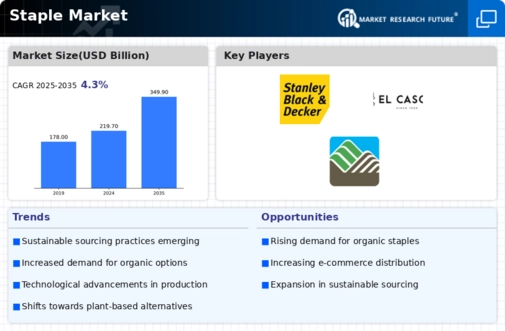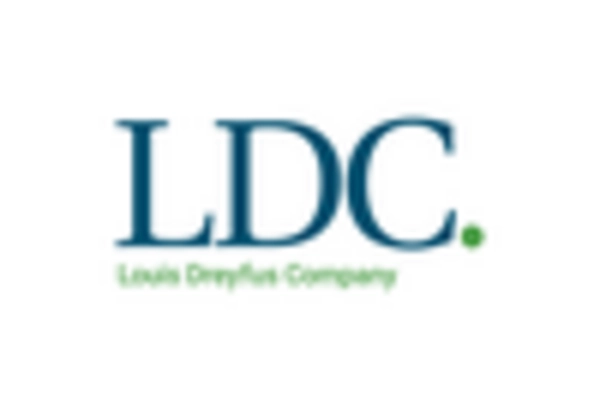Leading market players are investing heavily in research and development in order to expand their product lines, which will help the Staple Market grow even more. Market participants are also undertaking a variety of strategic activities to expand their global footprint, with important market developments including new product launches, contractual agreements, mergers and acquisitions, higher investments, and collaboration with other organizations. To expand and survive in a more competitive and rising market climate, the Staple industry must offer cost-effective items.
Manufacturing locally to minimize operational costs is one of the key business tactics used by manufacturers in the global Staple industry to benefit clients and increase the market sector. In recent years, the Staple industry has offered some of the most significant advantages to several industries. Major players in the Staple Market, including Stanley Black & Decker, ACCO Brands Corporation, Novus Dahle GmbH, MAX CO., LTD., Rapesco Office Products PLC, Kangaro Industries Limited, El Casco, Arrow Fastener Company, LLC, Rapid, Leitz, and others, are attempting to increase market demand by investing in research and development operations.
Acco Brands Corporation is a global manufacturer and supplier of office products, school supplies, and organizational solutions. They offer a wide range of products, including binders, notebooks, filing and storage products, workspace tools, and various office and school-related items, catering to both consumer and business markets. The company is known for its brands, such as Swingline, Mead, Five Star, and At-A-Glance, and it focuses on providing innovative and sustainable solutions to enhance productivity and organization in the workplace and educational environments.
In September 2023, Acco Brands, a leading provider of office supplies, and Staples, a leading office supply retailer, announced a partnership to develop and market new staple solutions. The partnership will combine Acco Brands' expertise in staple manufacturing with Staples' expertise in office supply retailing to create solutions that are more efficient, innovative, and sustainable.
Bostitch is a well-known brand and subsidiary of Stanley Black & Decker, specializing in manufacturing and supplying a wide range of fastening tools and products. Bostitch products include staplers, nailers, fasteners, and other tools designed for various applications, including construction, woodworking, and office use. The company is recognized for its high-quality and durable fastening solutions, serving both professional and consumer markets. Bostitch tools are commonly used in industries where fastening and joining materials are essential, making them a reputable name in the fastening industry.
In July 2023, Bostitch, a leading provider of staplers, and Home Depot, the world's largest home improvement retailer, announced a partnership to make Bostitch staplers available to Home Depot customers worldwide. The partnership will enable Bostitch to reach a wider audience and offer its staplers to customers in more countries.


















Leave a Comment